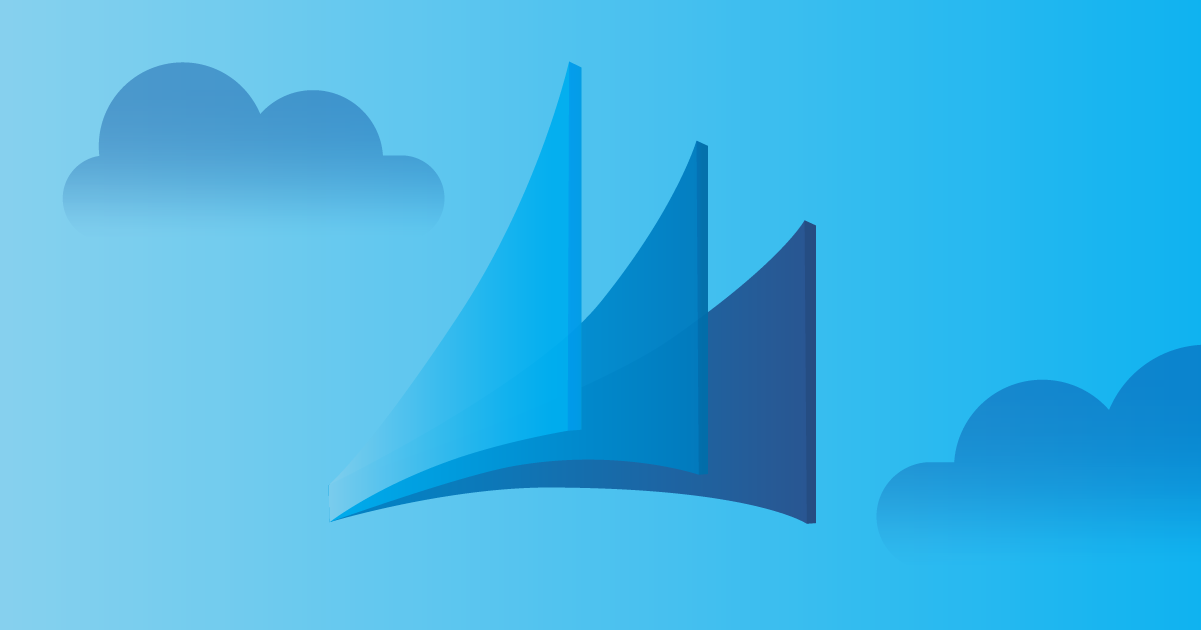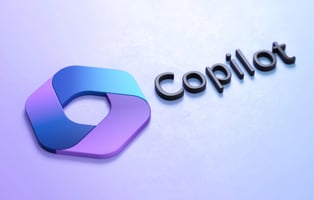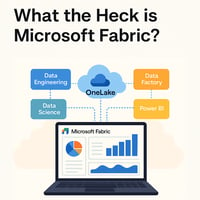Introduction
Microsoft Dynamics GP has been a reliable, feature-rich Enterprise Resource Planning (ERP) solution for many years, but as with all software, it has an end date. Knowing when Dynamics GP will reach its end-of-life (EOL) is crucial for businesses relying on it for day-to-day operations. At UniverseIT, we've successfully guided many businesses through migrations from Dynamics GP, and we’re here to help you plan your next steps.
What is Microsoft Dynamics GP?
Microsoft Dynamics GP, originally known as Great Plains, is a mid-market business management solution designed to help companies manage financials, supply chain, manufacturing, and more. It has been widely used across industries due to its flexibility and integration capabilities.
Understanding the Dynamics GP End-of-Life Date
In the world of software, the "end of life" refers to the date when the vendor, in this case, Microsoft, stops providing support, updates, and security patches for a product. Dynamics GP will no longer be supported as part of Microsoft's long-term plans. The last official version of Dynamics GP was released in 2018, and mainstream support for the product will end in 2028. After this date, there will be no new updates, leaving your business exposed to risks.
The Significance of End of Life for Dynamics GP Users
The end of support for Dynamics GP means your business will no longer receive essential security patches, bug fixes, or software updates. Without these updates, your system becomes more vulnerable to security breaches, putting sensitive data at risk. Additionally, it may become challenging to meet evolving compliance and regulatory standards without updated software.
How Will the End of Dynamics GP Impact Businesses?
The end of life for Dynamics GP can have significant consequences for businesses that do not plan ahead. Some of the primary concerns include:
- Downtime and productivity risks: Older software systems are prone to breakdowns, which can disrupt business operations.
- Third-party integration challenges: Outdated systems may not work well with newer technologies, leading to compatibility issues.
- Increased maintenance costs: Without vendor support, businesses will need to rely on expensive third-party consultants to maintain their systems.
Why You Need to Start Planning Now
With the official end-of-life date for Dynamics GP approaching, it's essential to start planning your next steps sooner rather than later. Delaying migration could leave your business vulnerable to downtime, security risks, and escalating costs. Early planning allows you to assess your options and choose the best ERP system for your specific needs without feeling rushed.
Exploring Your Options Post-Dynamics GP
After Dynamics GP, businesses have several options for a new ERP solution. Your choice will depend on your company's size, industry, and growth goals. The two main types of ERP solutions are:
- Cloud-based ERP: These systems are hosted on remote servers, offering scalability and remote access.
- On-premises ERP: These systems are installed on your own servers, providing greater control but requiring more maintenance.
Dynamics 365 Business Central: A Popular Migration Path
One of the most popular options for businesses migrating from Dynamics GP is Dynamics 365 Business Central. This cloud-based ERP solution offers a wide range of features that cover finance, operations, sales, and customer service. Some key benefits include:
- Seamless integration with other Microsoft products like Office 365 and Power BI
- Scalability to grow with your business
- Flexibility to customize the platform for your unique needs
Other ERP Systems to Consider for Migration
While Dynamics 365 Business Central is an excellent option, there are other ERP systems worth considering depending on your business needs:
- NetSuite: A robust cloud-based ERP that’s great for fast-growing companies.
- SAP Business One: Tailored for small to mid-sized businesses with strong inventory management needs.
- QuickBooks Enterprise: Ideal for businesses with simpler accounting and financial management requirements.
What Is a Microsoft GP Migration and Why Is It Necessary?
Migration refers to the process of moving data and operations from Dynamics GP to a new ERP system. This is necessary because after the end of life for GP, your business won’t have access to crucial support, updates, or security patches. A migration allows you to take advantage of modern technology, improve efficiency, and ensure compliance with evolving regulations.
Why Choose UniverseIT for Your Migration Needs?
At UniverseIT, we have extensive experience in helping businesses migrate from Dynamics GP to modern ERP systems like Dynamics 365 Business Central. We’ve handled numerous migrations and understand the challenges that come with this process. Our team is committed to providing tailored solutions that fit your specific business needs, ensuring a smooth transition with minimal disruption.
The Migration Process Explained
Our migration process is designed to be comprehensive yet straightforward. Here's how we handle it:
- Initial consultation and assessment: We analyze your current Dynamics GP setup and identify key areas for improvement.
- Planning and strategy development: Based on our findings, we create a migration roadmap that includes timelines, key deliverables, and potential challenges.
- Data migration: We securely transfer your data from Dynamics GP to the new ERP system.
- System configuration: We customize your new ERP solution to ensure it meets your specific needs.
- Testing and validation: Before going live, we rigorously test the system to ensure everything works smoothly.
- Training and support: We provide training for your team and offer post-migration support to ensure your business can use the new system effectively.
Customizing Your New ERP to Fit Your Business
One of the key advantages of migrating to a modern ERP system is the ability to customize it to fit your business perfectly. Whether it’s integrating with your existing software, creating custom reports, or setting up automated workflows, UniverseIT ensures that your new system is tailored to your specific needs.
Ensuring Business Continuity During the Migration
At UniverseIT, we understand how important it is to minimize disruption during the migration process. That’s why we take extra care to ensure business continuity. We handle everything from data migration and security to staff training and system testing, allowing you to focus on running your business while we manage the technical aspects.
Conclusion
The end-of-life date for Dynamics GP is fast approaching, and now is the time to act. By planning ahead and choosing the right migration partner, you can ensure a smooth transition to a modern ERP system. At UniverseIT, we’re here to help you every step of the way, from planning to implementation and beyond. Don't wait until it's too late—contact us today to start your migration journey.
FAQs
- What happens if I don't migrate from Dynamics GP?
You risk security vulnerabilities, downtime, and rising maintenance costs without ongoing support. - How long does a typical migration take?
Depending on the complexity of your business needs, migrations can take anywhere from a few weeks to several months. - Will I lose data during the migration?
No, UniverseIT takes every precaution to ensure your data is securely transferred with no loss during the migration. - How do I know which ERP system is right for me?
Our experts will assess your business needs and recommend the most suitable ERP solution. - Can UniverseIT help with post-migration support?
Yes, we offer comprehensive post-migration support to ensure your team can maximize the benefits of your new ERP system.







